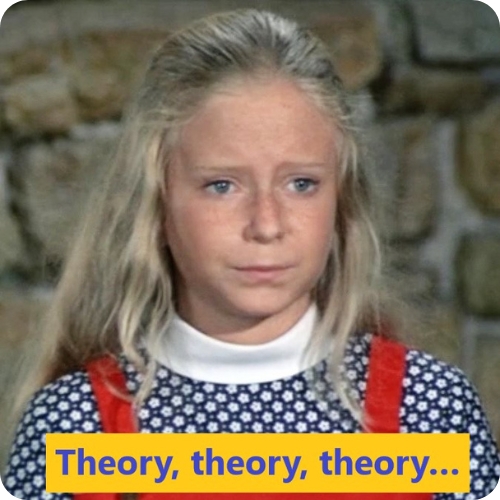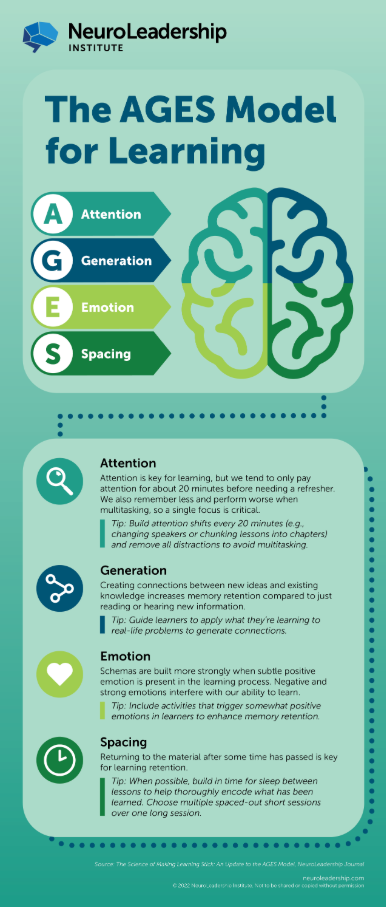Theory, theory, theory…
In the world of workplace learning, theory can often feel like something from your TAFE or university days – abstract, academic, and disconnected from day-to-day demands. But here’s the truth: behind every effective learning experience is a foundation of theory, whether you recognise it or not.
At LX Design Agency, we believe theory isn’t just relevant, it’s essential. It’s what separates guesswork from great work. It helps L&D professionals design with intention, adapt with confidence, and articulate impact with clarity.
If you design, deliver, or evaluate learning experiences in any capacity, understanding theory gives you the professional edge.

Theory Is Already in Your Practice – Are You Using It Well?
Every time you design a session, write a learning outcome, or choose an activity, you’re drawing on theoretical models, whether you’ve never named them or not. The risk is not in using theory, but in using it unconsciously.
When you know the basics, you can:
- Select strategies that fit the problem and not just repeat what’s familiar
- Avoid overloading learners with content
- Create learning that transfers into real workplace behaviour
Here’s how foundational learning theories show up in practice:
| Learning Theory | Practical Value in L&D |
|---|---|
| Behaviourism | Builds reinforcement-based learning, ideal for compliance, safety, and performance goals |
| Cognitivism | Helps structure content to align with how the brain processes and stores information |
| Constructivism | Encourages hands-on, reflective, and contextual learning linked to real-world tasks |
| Connectivism | Supports social and digital learning across ecosystems, tools, and peer networks |
Key takeaway: You’re already using theory. Learning it consciously makes your work smarter, more consistent, and more strategic.
Theory Gives Purpose and Structure to Your Design
It’s easy to fall into the trap of thinking “training” means content delivery. But great L&D is about learning design, not just information transfer.
Consequently, without a theoretical framework:
- Training may feel engaging but lack long-term impact
- Evaluation becomes harder. What are you measuring against?
- You risk designing experiences that contradict learner needs or workplace realities
When theory underpins your work, you can:
- Align design choices to clear outcomes
- Choose tools and methods with confidence
- Explain the “why” behind your approach to stakeholders
It’s the difference between intentional design and educated guesswork.
The Neuroscience of Learning: Theory Meets Brain Science
Modern neuroscience validates what many learning theories have long proposed. Today, we know more than ever about how the brain learns and forgets.
The AGES Model (Attention, Generation, Emotion, Spacing), developed by the NeuroLeadership Institute, reinforces several practical principles:
- Focused attention beats multitasking
- Learning sticks when it’s emotionally relevant
- Spacing out content boosts long-term memory
- Learners need to generate their own meaning, not just absorb information
Other concepts from neuroscience, like cognitive load, neuroplasticity, and retrieval practice, give L&D professionals powerful tools to design learning that works with the brain, not against it.
Key takeaway: Combining theory with neuroscience makes your learning design not only evidence-informed but brain-aligned.

Image from: https://neuroleadership.com/your-brain-at-work/learn-ages-model
Theory Builds Professional Confidence and Credibility
In a world where L&D is increasingly asked to prove its value, theory gives you a common language and intellectual toolkit to:
- Communicate your design rationale clearly to business leaders
- Evaluate learning effectiveness beyond attendance and satisfaction
- Reflect critically on your practice and grow in capability
Additionally, it also elevates you from being seen as a content provider to a strategic partner in performance and culture.
As Donald Schön said, the aim is to become a reflective practitioner: someone who learns from experience, adapts with insight, and contributes to the profession’s knowledge base.
Start Simple – You Don’t Need a PhD to Use Theory Well
You don’t need to memorise every theory, just develop a practical understanding of the ones that matter most. A solid working knowledge of these can transform how you approach your next learning project. These frameworks aren’t academic relics; they’re living tools that support modern, effective, human-centred learning. While many L&D professionals are familiar with Adult Learning Theory, there’s a wide range of other approaches that can enhance our work.
Here’s some of our favourite theories and models for adult learning in organisational contexts. They support individual learning, shape team development, drive behaviour change, and improve workplace performance:
- Knowles’ Adult Learning Principles
- Kolb’s Experiential Learning Cycle
- Mezirow’s Transformative Learning
- Bandura’s Social Learning Theory
- Senge’s Learning Organisation
- The AGES Model of Brain-Based Learning
- Communities of Practice
- Double-Loop Learning
- 360 Feedback and Reflective Practice Models
- Self-Determination Theory
👇Are You Ready to sharpen your learning design skills?
We’re creating a few short course series including Learning Theory for L&D Professionals – bite-sized, practical, and built for busy people. Whether you’re new to L&D or ready to deepen your expertise, this is your chance to learn how theory can make your work easier, clearer, and more impactful.
➡️ Register your interest on the form below and we’ll let you know when it’s ready to go!
Be the first to hear when enrolments open. No spam, just helpful updates
